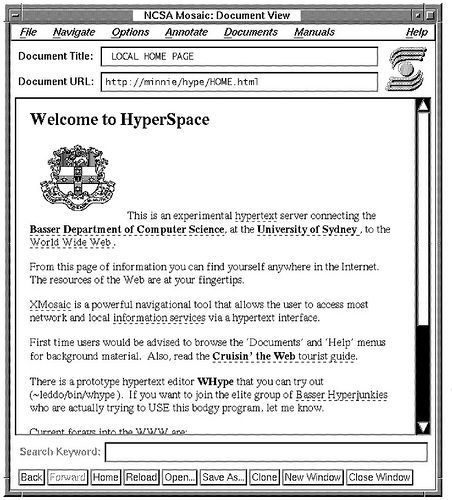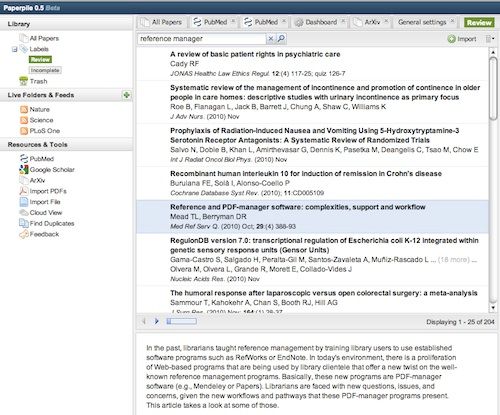It’s very unusual for me to post two blog posts in a single day, and even more so when both posts are based on press releases by the same organization. But this is important news for everybody interested in scholarly publishing.

In 1990 Tim Berners-Lee and others started HTML and the world wide web to facilitate scientific communications at CERN, the world’s largest particle physics laboratory. Although the world wide web profoundly changed scholarly publishing (and of course many other things), HTML did not become the standard document format for scientific papers. In fact, there is no standard document format.
Today I posted the pre-print of a paper titled Author Identifier Overview that I submitted to the journal Libreas. This is the abstract: The paper was of course written with WordPress. I wish you all a Happy New Year.

One of the more complicated aspects of scientific writing is reference management – an important limitation of online collaborative tools such as Google Docs . I have argued before that WordPress has the potential to become a great scientific writing tool. Wordpress can’t do reference management out of the box, and the available plugins are somewhat limited.

Last week the first public beta (version 0.5) of Paperpile was released (available for Mac and Linux). Paperpile is a desktop reference manager with typical features: search in PubMed, Google Scholar or ArXiv, import PDF files, support for BibTex and other standard file formates, etc. Paperpile currently doesn’t sync with a web-based version, and Paperpile doesn’t insert citations into manuscripts.
Jason Rollins gave a presentation with that topic at the recent STM Innovations Seminar in London. The video of his presentation has now been made available by River Valley TV, and his slides are here. Jason talks about some recent trends in reference management software. For him one important new trend is APIs/extensions. I fully agree with him, but we haven’t really seen many tools based on these APIs.

Two weeks ago Eva Amsen wrote in a thoughtful blog post: There’s a gap between science and technology, and it’s growing. Eva argues that – contrary to popular belief – there is actually a divide between science and technology. Scientists are on average not really comfortable using technology, and many computing tools aimed for scientists really miss the point of what scientists really care about.

Last Friday the latest science blogging network officially launched: Occam’s Typewriter. The independent blogging network started out with eight bloggers and one guest blog, all of them well characterized by Bob O’Hara. Most of the bloggers have moved their blogs from Nature Network, where I wrote next to them from 2007 until September this year.

Citations are a fundamental concept of scholarly works. Unfortunately they are also difficult to do. Traditional writing tools such as Microsoft Word can’t really handle them in a way that is appropriate for a scientific manuscript, and that is why we have reference managers such as Endnote, Zotero or Mendeley.

In early December Knowledge Exchange, a partnership of JISC (United Kingdom), SURF (Netherlands), DEFF (Denmark), and DFG (Germany) released a report on submission fees that they had commissioned to Mark Ware Consulting. The report was also discussed by Robert Kiley on the UK PubMed Central blog and by Phil Davis on the Scholarly Kitchen blog. Submission fees are more common than I thought, particularly in economics and the life sciences.